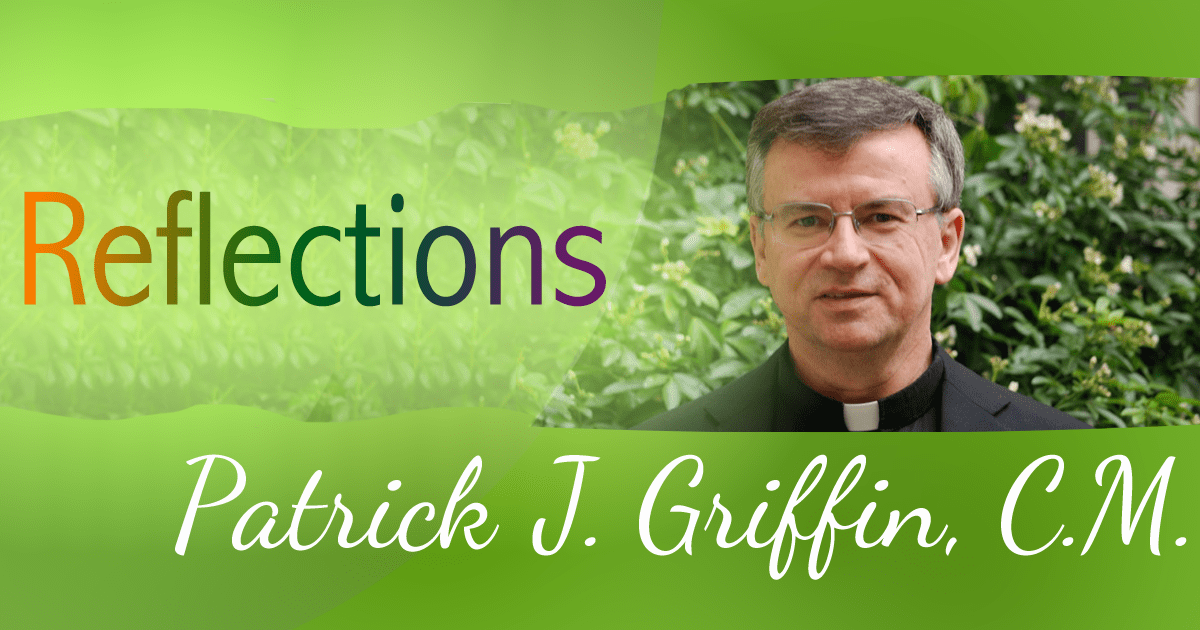Did you have a chance to see Pope Francis’ “Urbi et Orbi” blessing on March 27? Faith and prayer held the center in this simple yet dramatic event. The service set in an empty St. Peter’s Square was striking. Whenever the cameras offered a view from behind the Pope and we looked outward from the doors of the Basilica, we saw this unprecedented (that word may be showing up a lot in these days) panorama of this historic gathering place without a single soul. Usually, with the presence of the Holy Father, the area would throng with visitors and pilgrims. Like many other images that make their way to our vision in these days, that sight highlights the power of our pandemic.
As I watched, three elements captured my attention. Clearly, they stood out for me because Pope Francis brought them to St. Peter’s Square for that reason in this service. The meditation of the Holy Father drew our attention to these symbols and their current significance for us.
One was the icon of the Blessed Mother, Salus Populi Romani, that hangs in the Basilica of St. Mary Major in Rome. Traditionally described as the work of St. Luke, this picture has been associated with Mary as the Protectress of Rome. In the Sixth Century, focusing on this image, the city sought the intercession of Mary in deliverance from a plague.
A second was the “miraculous crucifix” that usually hangs in the Church of Saint Marcellus in Rome. In the early 16th Century, this crucifix drew the attention of the Roman people as it remained unscathed in the midst of a devastating fire. Then, in the plague of 1522, the people prayed before this foundational symbol of our faith, and they were delivered.
Most importantly, Pope Francis emphasized for us the centrality of the Blessed Sacrament through the Exposition that he led in the Atrium of the Basilica. He taught, once again, how Christians must find themselves on their knees before the Lord as they seek God’s protection and healing as well as nourishment.
Drawing our attention to our Mother, to the reality of the Cross, and to the Lord’s sacramental presence among us provides clear guidance for how we need to proceed and pray as a Christian people in these days. The Pope grants a Plenary Indulgence to those who join in this prayer.
Like most of you, Francis’ extraordinary way of capturing our attention with his vibrant images moves me. Listen to the way in which he drew our imagination and gave word to our feelings as he preached after the Scripture reading of the storm at sea (Mk 4:35-41):
For weeks now it has been evening. Thick darkness has gathered over our squares, our streets and our cities; it has taken over our lives, filling everything with a deafening silence and a distressing void, that stops everything as it passes by; we feel it in the air, we notice it in people’s gestures, their glances give them away.
We know exactly what he is saying! Then, after the body of his homily, he offers us strength with his final words:
You ask us not to be afraid. Yet our faith is weak and we are fearful. But you, Lord, will not leave us at the mercy of the storm. Tell us again: “Do not be afraid” (Mt 28:5). And we, together with Peter, “cast all our anxieties onto you, for you care about us” (cf. 1 Pet 5:7).
We can only answer “Amen.”








0 Comments